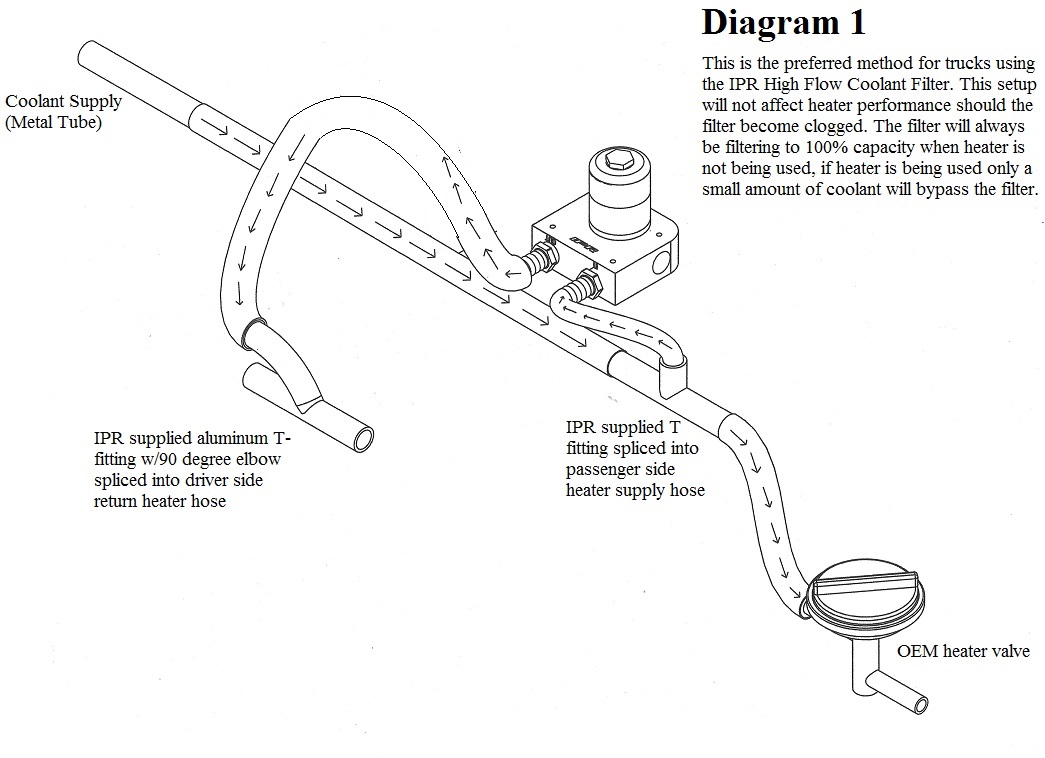Ok guys, I have a question. I pretty new to deisel pickup engines but am learning a lot, everyday. But one thing still puzzels me.....coolant filter kits.
Now, I know how they work and how they connect, but is ity REALLY doing much in the long run? Here's why I ask.......my 6.0 holds about 7 gallons of coolant. The filter kits connect to the heater cores' output line, which if you think about it, the heater core and its' related plumbing only really holds about what, a gallon or so? Please correct me if that's wrong, by the way! Anyways, out of the flowing coolant running through that line, only a fraction really gets diverted into the coolant filter, and then sent to the holding tank to be recirculated. So it would seem to me that, in reality, only a very small fraction of the entire systems' coolant actually gets filtered.
Now please, if I'm missing somethin by all means inform and/or correct me. I'm also not dumb and realize that when it comes to preventitive maintenence, every little bit helps. But does this really help enough to warrent its' use? Thanks in advance to everyone out there!!
Now, I know how they work and how they connect, but is ity REALLY doing much in the long run? Here's why I ask.......my 6.0 holds about 7 gallons of coolant. The filter kits connect to the heater cores' output line, which if you think about it, the heater core and its' related plumbing only really holds about what, a gallon or so? Please correct me if that's wrong, by the way! Anyways, out of the flowing coolant running through that line, only a fraction really gets diverted into the coolant filter, and then sent to the holding tank to be recirculated. So it would seem to me that, in reality, only a very small fraction of the entire systems' coolant actually gets filtered.
Now please, if I'm missing somethin by all means inform and/or correct me. I'm also not dumb and realize that when it comes to preventitive maintenence, every little bit helps. But does this really help enough to warrent its' use? Thanks in advance to everyone out there!!








